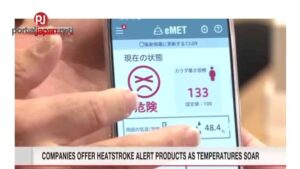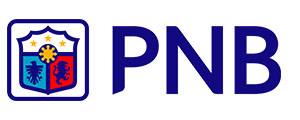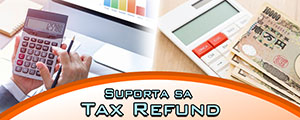The proportion of students in Japanese public high schools who have achieved certain English proficiency levels has fallen short of a government target, according to an education ministry survey disclosed Monday.
As of Dec 1, 34.3% of third-year senior high school students had a “pre-2” grade or higher in the “Eiken” Test in Practical English Proficiency, or were deemed by their teachers to have achieved proficiency equivalent to the grade, up 2.4 percentage points from the previous year.
The same ministry survey found that 36.6% of ninth-graders, who were in their final year in junior high school, held Eiken grade 3 or higher, or were deemed to have achieved similar proficiency, up 2.0 points.
The government has set the goal of increasing the proportion of high school students achieving the grades or their equivalency by the time of their graduation to 50 percent by the end of the financial year through March 2018.
Eiken proficiency exams have been used widely in Japan, including in employment and university admissions, to measure people’s English-language skills.
Examinees for the pre-2 grade, which is Eiken’s fourth-highest grade, are “expected to be able to understand and use English at a level sufficient to allow them to take part in general aspects of daily life,” while grade 3 examinees are “expected to be able to understand and use language concerning familiar, everyday topics, such as likes and dislikes, and basic personal and family information,” according to the website of the Eiken Foundation of Japan.
The survey showed that among the country’s 47 prefectures, Gunma had the largest proportion of third-year senior high school students having a pre-2 grade or higher at 49.4%, followed by Chiba at 45.5% and Fukui at 42.5%. For ninth-graders, Chiba had the highest share at 52.1%, followed by Akita at 48.6% and Tokyo at 47.9%.
Some prefectures showed proportions less than 30%.
The survey also looked into the English proficiency of teachers in public high schools. It found that 57.3% of senior high school teachers and 30.2% of junior high school teachers held a “pre-1” grade or higher, or their equivalent, up 1.9 points and 1.4 points, respectively, but short of the government’s goal.
The pre-1 grade is Eiken’s second-highest grade. Examinees are expected to be able to “understand and use the English necessary to participate in social, professional and education situations,” the Eiken website says.
The government has set a target of 75% for senior high school teachers and 50 percent for junior high school teachers.
Source: Kyodo Image: Bank Image

















Join the Conversation